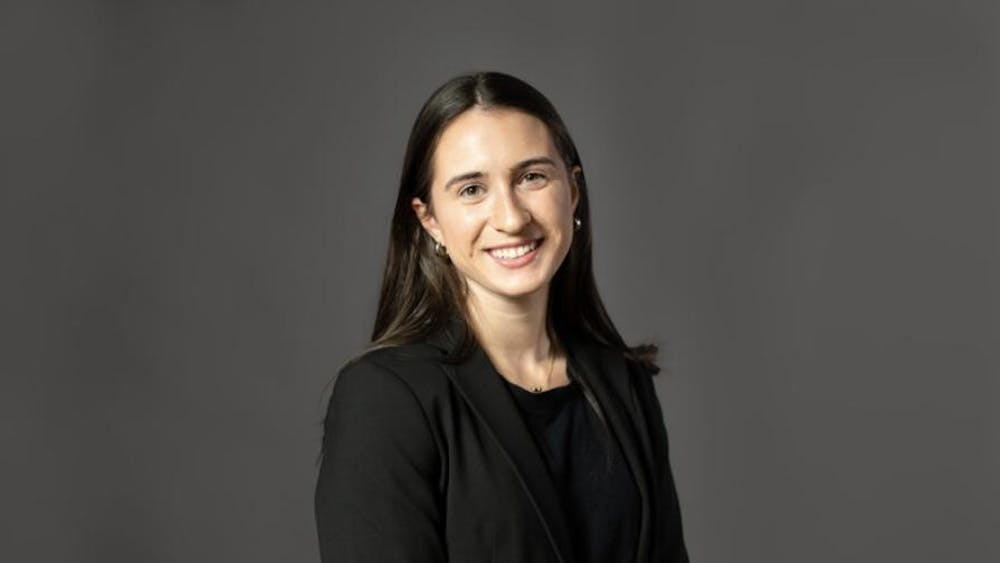As vaccine rollout began on Dec. 11, the world was ecstatic. Health care workers eagerly signed up to receive their first dose of the Pfizer-BioNTech vaccine, the first COVID-19 vaccine to be approved by the Food and Drug Administration (FDA) for emergency use in the U.S. When the Moderna vaccine was subsequently granted emergency approval by the FDA, the government remained optimistic about vaccine dissemination and planned to vaccinate 20 million Americans by the end of 2021.
However, only 9 of those 20 million U.S. residents have received their first dose of the COVID-19 vaccine thus far, and college students, who remain an important vector of the virus, will receive their vaccines much later than vulnerable populations, like elderly patients and frontline workers. Despite knowing the danger of their reckless behaviors, young adults nationwide continue to party and disregard public health guidelines at alarming rates, spreading the virus to high-risk, cautious individuals around them. Additionally, many of these young individuals suffer greatly from COVID-19, often ending up with persistent symptoms for weeks or even hospitalizations. As Emory students await their turn to take the vaccine, we must remember that we are not immune to COVID-19 and that ignoring public health guidelines poses a great risk not only to ourselves, but also those around us.
In Grand Forks, North Dakota, neighboring University of North Dakota (UND) students frequenting bars, Greek houses and classrooms are spreading COVID-19 throughout the community and even to elderly individuals like 94-year-old Phyllis Baukol. Baukol tested positive this fall, despite residing in a nursing home far from the UND campus. She passed away just three days later.
Although many college students believe their actions do not affect vulnerable members of their community, Baukol’s case proves the opposite. By consistently ignoring public health guidelines, college students are spreading the virus to nursing homes like Baukol’s, and senior citizens in their college towns or cities are dying as a result. Deaths from the coronavirus doubled in college towns in August and September as students returned to campus, compared to a 58% increase nationwide, and older Americans disproportionately bore the brunt of that burden. To add to this alarming statistic, genetic sequencing conducted at the University of Wisconsin-La Crosse found links between university infections and a rise in both cases and deaths in the surrounding area.
The data presents a glaring truth: despite our lower risk of hospitalization from COVID-19, we, as young adults, are perpetuating this pandemic. Our partying, improper mask-wearing and lackluster social distancing kill individuals in areas surrounding our college campuses. Our selfishness has left countless Americans mourning the losses of their mothers, fathers, grandparents and children.
Although many college students think a COVID-19 infection will not affect them, new research suggests that young adults do, in fact, develop severe symptoms from the coronavirus. Among the 780,969 young adults ages 18 to 34 hospitalized with COVID-19, 21% required intensive care, 10% required mechanical ventilation and 2.7% died. Although their reported hospital mortality rate is lower than that of older adults, it doubles the mortality rate of young adults with heart attacks, indicating the immense threat COVID-19 poses to young individuals. Additionally, many younger individuals present persistent COVID-19 symptoms well after their initial diagnoses.
Garrett Salzman, a 30-year-old surgical resident at the University of California, Los Angeles, reported initial symptoms on March 16, 2020. In subsequent days, he began to experience body aches, which consistently prevented him from sleeping, and felt like a searing iron was placed on every muscle in his body.
As a former college athlete, Salzman is not someone we would peg as high-risk for serious COVID-19 symptoms. And yet, on March 27, 2020, debilitating shortness of breath landed Salzman in the hospital for three days. Even after his stay, his body aches, fatigue and tachycardia (elevated heart rate) persisted for months, and physicians predict his loss of smell will likely be permanent.
From Feb. 12 to March 16, 2020, nearly 40% of hospitalized American COVID-19 patients were between the ages of 20 and 54. Now, though deaths among adults aged 25 to 44 account for only 3% of COVID-19 related deaths, the persistent symptoms that young adults are reporting are a valid concern. In reducing the spread of COVID-19, we must remember the effects the virus can have on both ourselves and, more importantly, our greater communities.
It’s hard to believe the COVID-19 pandemic, after nearly 10 months, is worsening. In the past 14 days, new COVID-19 cases have increased 34% and deaths have increased 43% compared with the previous 14-day interval. Over 23 million people have been infected with COVID-19. Although it’s easy to think a vaccine will be an immediate solution to our problems, most Americans won’t be able to take the vaccine until June. Given our current failure to meet federal goals for vaccine distribution, vaccination for the general public might come even later. In the coming months, we do, however, have control over one thing in our lives: how we adhere to public health guidelines and mitigate the spread of COVID-19.
To keep our loved ones, high-risk individuals in our communities and frontline workers safe, please wear your masks, socially distance and avoid parties or large gatherings for a few more months. Although you may think one party won’t hurt you or your community, many young adults left with permanent COVID-19 symptoms and thousands mourning the deaths of loved ones in college towns have proven otherwise. Please remember that your entertainment is not more important than the vulnerable populations in your community. Lives are at stake.
Sara Khan (23C) is from Fairfax, Virginia.





